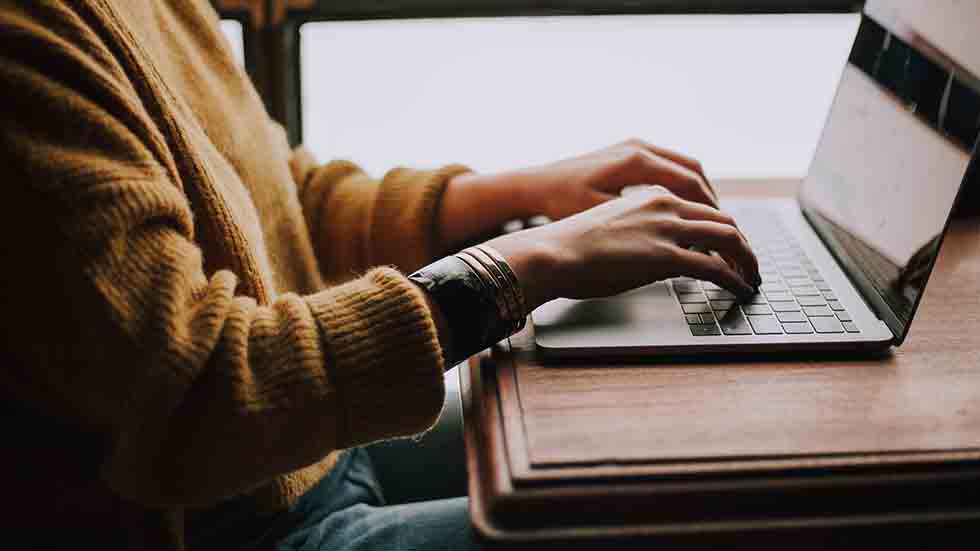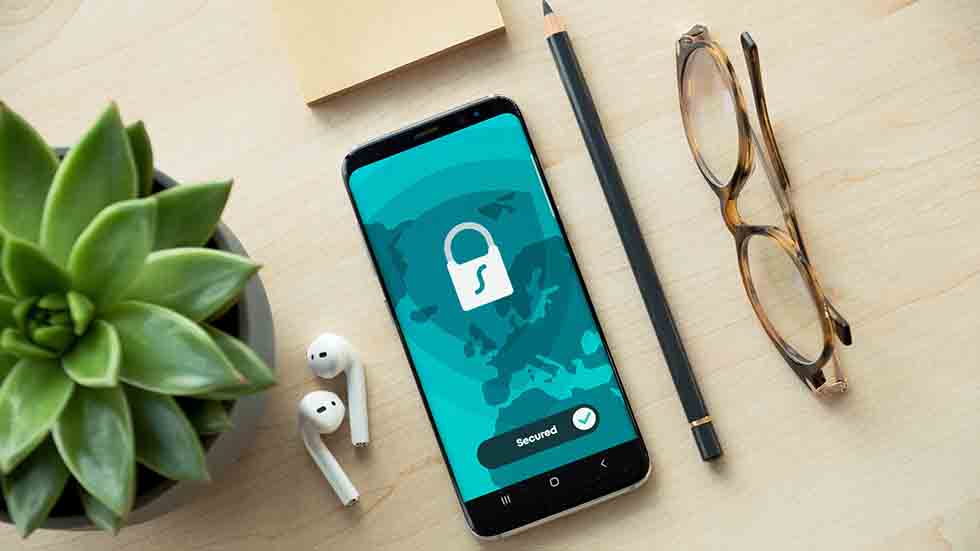How To Protect Your Digital Identity
Use these best practices to secure usernames and passwords


With the current state of the world, more people are using the internet to shop, bank, and conduct business. If you’re managing your daily life through the world wide web, you probably use several passwords throughout the day. If you’re not savvy with creating passwords and usernames, it can leave you exposed to hackers. So, to ensure you protect your identity, here are some of the best practices for creating strong usernames and passwords.
Diversify your passwords and usernames
If one or more of your accounts gets comprised and you use the same username and password, it’s easy for identity thieves to compromise all of your accounts. However, if you create strong passwords that are diversified, it makes it harder for hackers to steal your information. You can use password generator software, like LastPass, to help you create secure usernames and passwords.

Never share your credentials
Would you share your ATM PIN with just anyone? Probably, not. So, why would you share your usernames and passwords with anyone? Sharing your credentials makes you vulnerable to identity theft. That said, if someone is asking for your password or username information, you might be getting scammed.
For example, if you receive a phone call from your bank asking for your credentials, you may want to hang up. Then give your bank branch a call to confirm if they need this information. This way you can know for sure who you are communicating with and not share your data with scammers.
Create long and complex passwords
Try to always make passwords over 10 characters. Additionally, you should also try to increase the complexity by using upper- and lower-case letters, numbers, and symbols. You should aim to include at least three of these choices.
Avoid using personal information
When creating your passwords, avoid using any personal information like your birthday, Social Security numbers, or pet’s names. Anything publicly available is easy for hackers to access.

Install a multi-factor authentication (MFA)
Using multi-factor authentication (MFA) can give you a second layer of identity protection. Typically, you can add one using a token or by downloading and app on your smartphone. The MFA will send you a notification to your phone or email to verify that it is you attempting to log in to one of your accounts and not a hacker.
Avoid logging into your accounts when using public Wi-Fi
When using public Wi-Fi, hackers can intercept your connection and steal your personal data. To avoid this threat, you should either only log on to your accounts on a private connection at home or use a virtual private network (VPN). A VPN encrypts data allowing you to connect securely to the internet. This helps you protect your personal information from identity thieves.
Try a password manager
Keeping track of your usernames and passwords is a chore. Therefore, using a password management tool can help you keep your passwords safe and organized. Password management tools or vaults allow you to store your passwords securely and may even provide a way to back them up and synchronize them across multiple accounts. Some examples of password managers include LastPass, KeePass, and Password Safe.
The bottom line
By being smart about who you share your information with and how you protect it on your devices, your information will be more secure. Never share your usernames or passwords with anyone who asks, even if they say they are from your bank. By taking extra steps toward security, you will prevent identity theft or other scams.
